1. Mock Apple Pie
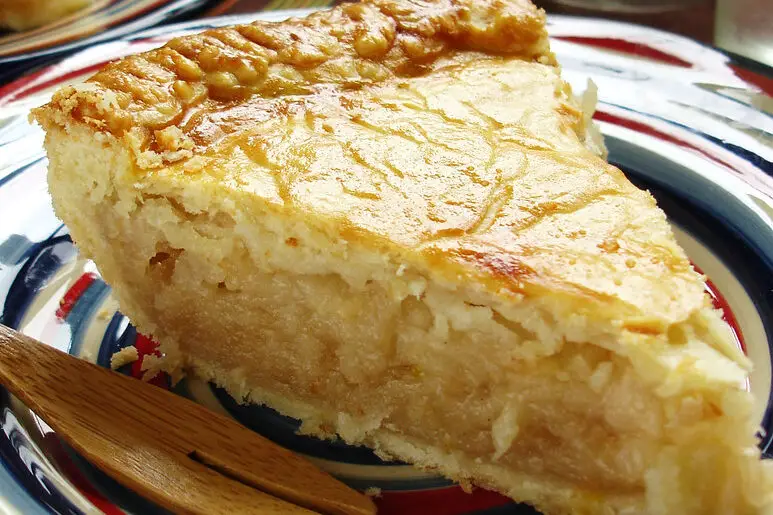
Believe it or not, one of the most beloved desserts during wartime didn’t have any apples in it at all. With fresh fruit hard to come by and sugar rationed, people got clever and used Ritz crackers as a substitute. Boiled with sugar, cream of tartar, and lemon juice, the crackers would soften and mimic the texture of sliced apples. It sounds odd today, but back then, it was a small slice of comfort in a difficult time says AllRecipes.
Many families swore by this trick, and it became a favorite at gatherings. Kids didn’t always know the difference, and parents were just grateful to serve something sweet. Wartime cookbooks proudly included it, often calling it “Mock Apple Pie” right in the title. Even after the war ended, some households kept making it for nostalgia’s sake adds the Pioneer Woman.
2. Potato Pancakes Without Eggs
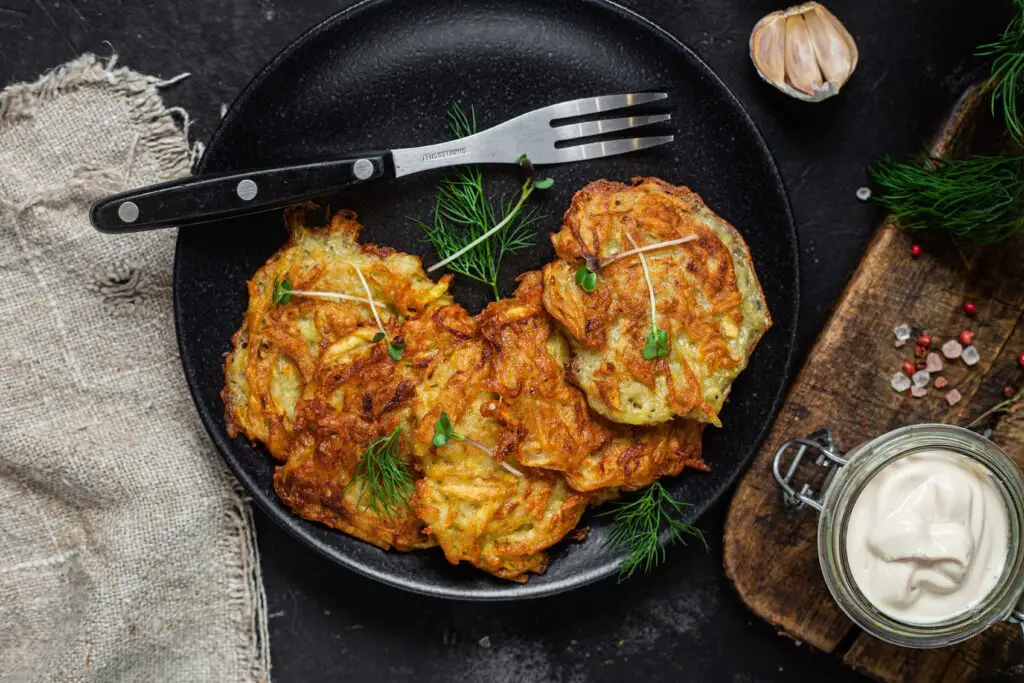
When eggs were scarce, people had to find ways to bind their dishes without them. Potato pancakes, or latkes, were often made using just grated potatoes, onion, a little flour, and some oil. Without eggs, they were trickier to flip, but folks made it work with a little extra pressing and patience in the pan. They were crisp, warm, and filling, which was really all anyone wanted says the Everygirl.
Families passed down these no-egg variations, especially in households that couldn’t spare a single egg for frying. If you had a leftover potato and a hot skillet, you had dinner. Some people added in mashed beans or even breadcrumbs to help hold things together. It was all about using what was on hand shares Good Morning America.
3. Meatless Meatloaf
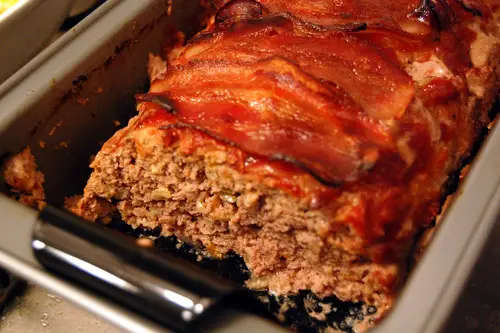
During war rationing, meat was a luxury, so cooks got crafty by making “meatloaf” without any actual meat. These loaves were usually a mix of oats, breadcrumbs, mashed vegetables, and sometimes even peanut butter or lentils. It sounds like a stretch, but when baked and topped with a bit of ketchup or gravy, it gave the illusion of a hearty meal. Texture mattered more than taste back then.
Some recipes even included cornflakes or crushed crackers to give the loaf more structure. It became a budget-friendly staple for many families trying to stretch every dollar and food point. You’d see variations from household to household depending on what was available. It wasn’t anyone’s favorite dish, but it was better than going hungry.
4. Wartime Woolton Pie
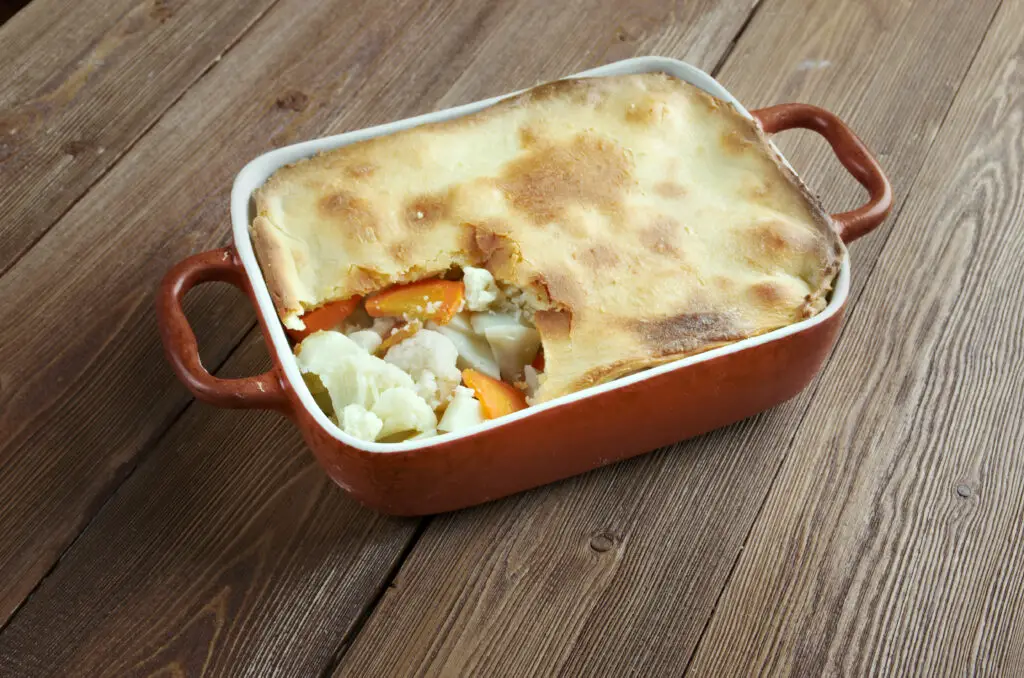
Woolton Pie, named after Lord Woolton in Britain, was a vegetable pie designed to make the most of what little was available. It was made with whatever root vegetables could be found—carrots, turnips, and potatoes were common—and then topped with a crust made of whole wheat flour and margarine. No meat, no cream, just humble ingredients baked into a pie shape. The goal was to nourish, not indulge.
The British Ministry of Food actually promoted this recipe, encouraging families to embrace it as a patriotic duty. Housewives were urged to get creative with seasonings to make it more palatable. Sometimes a sprinkle of cheese or a spoonful of drippings made its way in if someone got lucky. It was more survival food than comfort food, but it fed families through some tough winters.
5. Creamed Chipped Beef on Toast
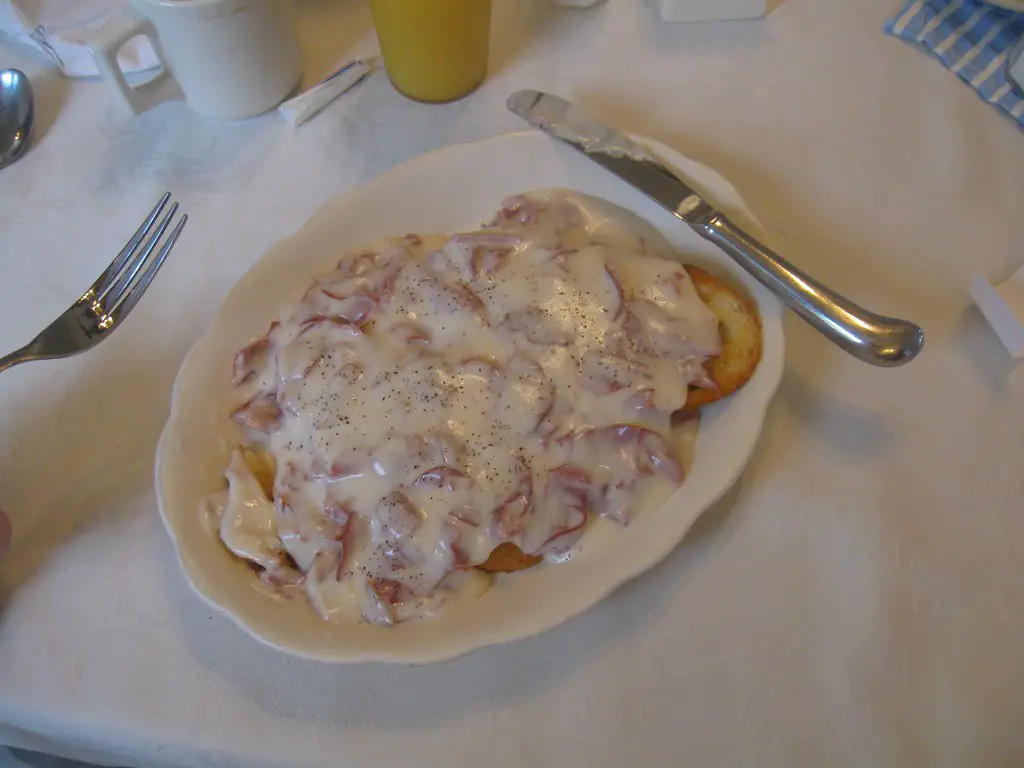
This dish was also known by its less polite nickname, but it was a staple for soldiers and families alike. Thin slices of dried beef were stirred into a white sauce made from flour, butter, and milk, then served over toast. It was salty, savory, and filling—everything a hardworking person needed. And it came together with minimal ingredients.
During wartime, the dried beef was easy to store and didn’t require refrigeration. Milk was sometimes powdered, and margarine stood in for butter. Even after the war, many people kept this dish in rotation simply because it was fast and cheap. It’s still remembered today, though often with mixed emotions.
6. Carrot Marmalade

With citrus hard to come by, people turned to carrots to mimic that bright, zesty jam flavor. Carrot marmalade used grated carrots, sugar (when available), and lemon zest if you could get your hands on it. The carrots softened and took on a surprisingly sweet flavor when cooked down. It made for a cheerful addition to otherwise bland meals.
People spread it on bread, stirred it into porridge, or even used it in baking. Kids usually didn’t mind because it tasted like a treat. Some older folks still remember their grandmothers simmering a pot of it on the stove. It was another example of how people managed to stretch a vegetable into something special.
7. Spam and Pineapple Skewers
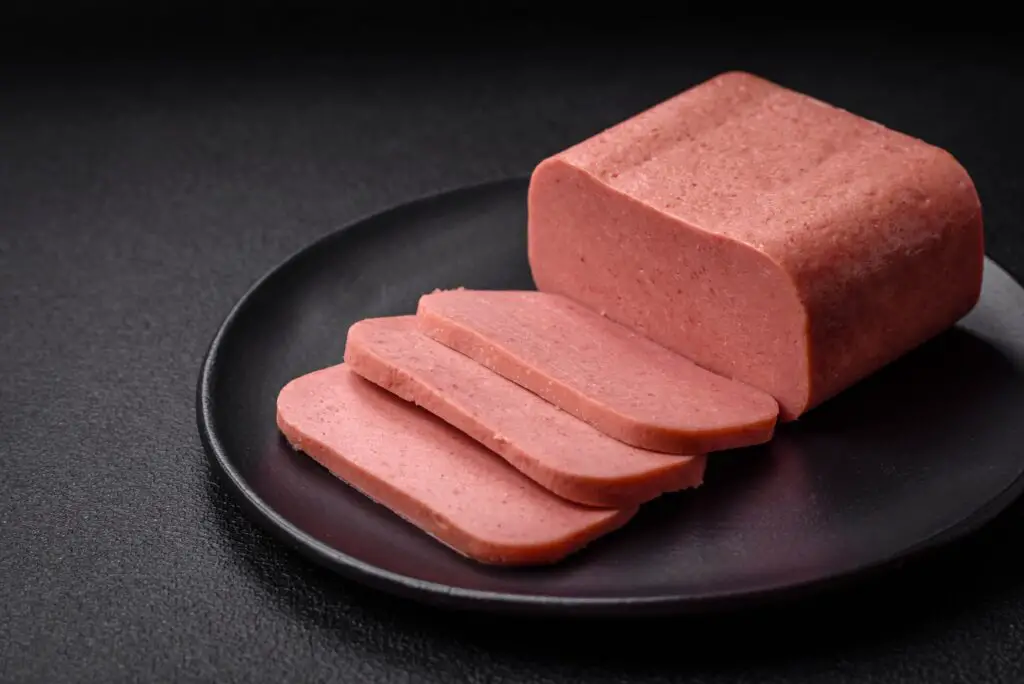
Canned meats like Spam became a pantry hero during the war. To make it more appetizing, people got inventive—one trick was skewering chunks of Spam with canned pineapple and grilling or baking them. The sweet pineapple helped cut through the saltiness of the meat, creating a surprisingly good balance. It felt festive, even if it was made from shelf-stable cans.
This dish often showed up at community gatherings or “Victory Suppers,” where everyone brought something made from rations. Sometimes a dash of mustard or brown sugar glaze was added for a bit more flavor. It’s a strange combination to us now, but it brought a tropical flair to the dinner table during bleak times. And for some families, it stuck around for decades.
8. Oatmeal Savory Patties
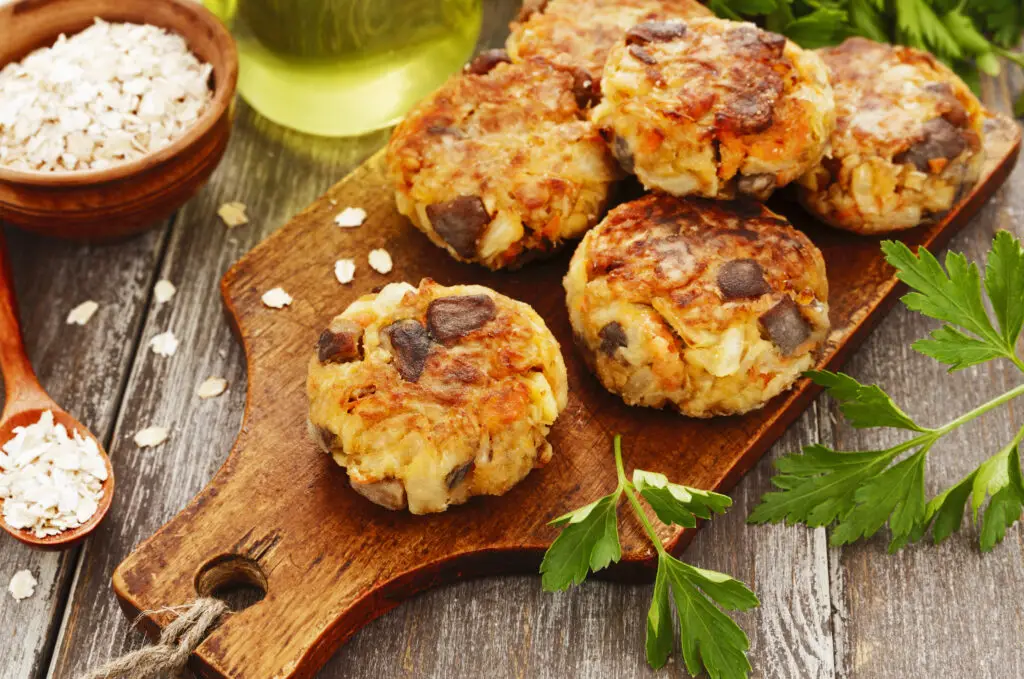
Oats weren’t just for breakfast during the war, they were used as a meat replacement too. Cooks would mix oats with water or broth, onion, and herbs, then form the mixture into patties and fry them up. These oat patties were surprisingly satisfying when hot and crispy. They weren’t exactly burgers, but they were warm and filling.
Sometimes people added leftover mashed potatoes or even grated carrot to bulk them up. Ketchup or a dab of mustard made them go down easier. They became a go-to for lunches and meatless dinners. Even after the war, some families held on to the recipe as a quick fix meal.
9. Victory Garden Vegetable Soup
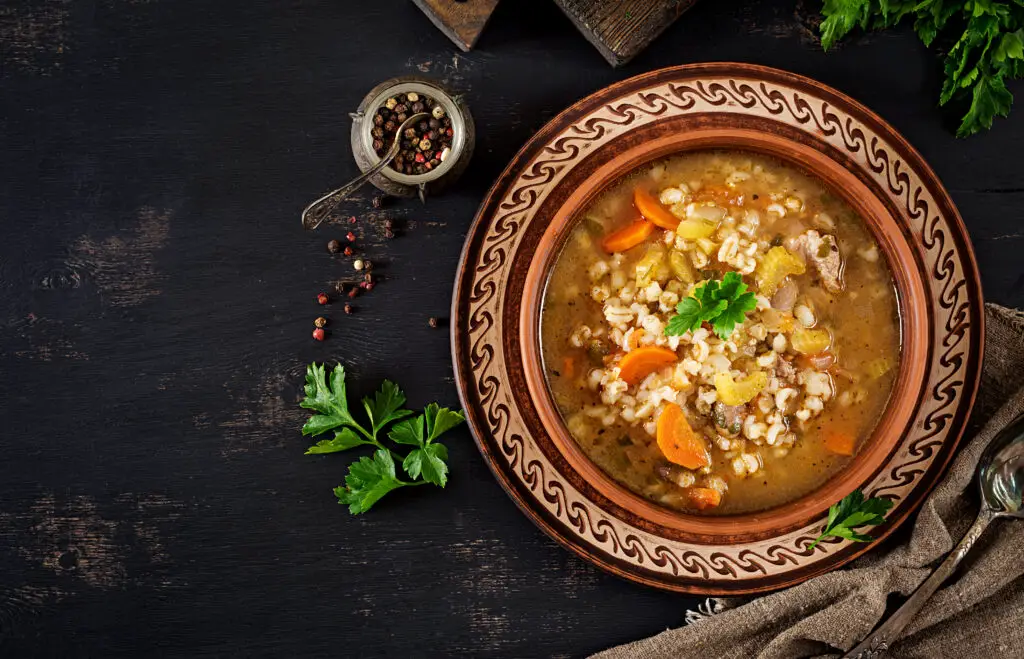
With food in short supply, many families planted “Victory Gardens” to grow their own produce. Whatever was harvested ended up in a big pot of soup—sometimes thick and hearty, other times more like vegetable broth with scraps. There wasn’t a set recipe, just whatever was ripe and available. It might include turnips, cabbage, beans, or even weeds like dandelion greens.
The soup stretched small supplies to feed entire families. People got good at seasoning creatively, using bay leaves, garlic, or even vinegar to give it a little kick. Bread or crackers were used to soak it up. It was humble but hopeful, a symbol of what could be done with a bit of dirt and determination.
10. Dandelion Salad
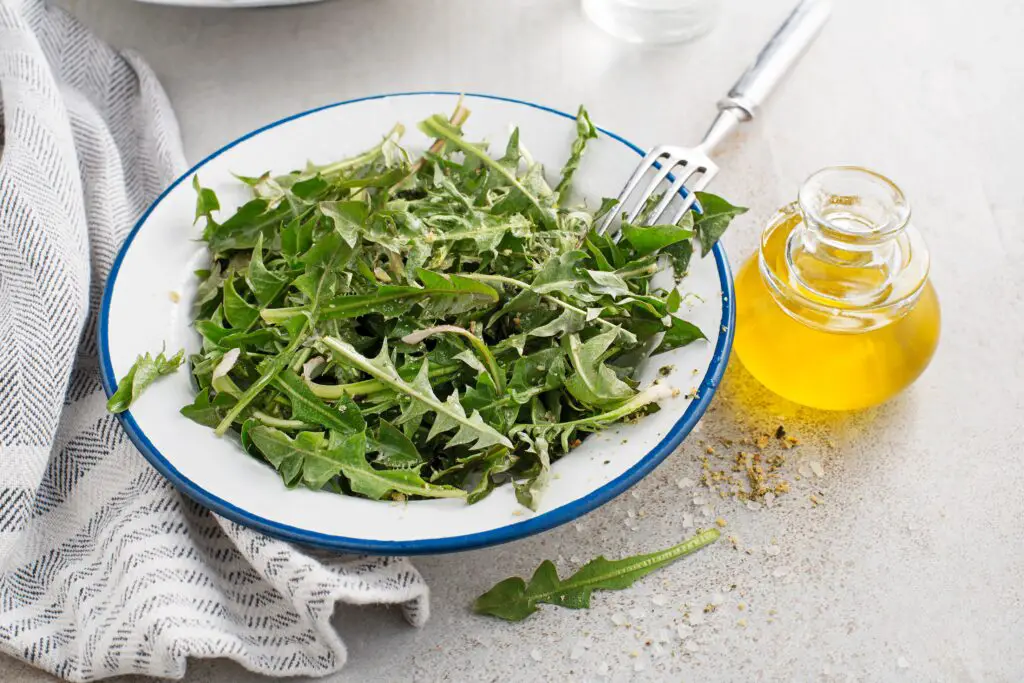
When lettuce and other greens were hard to find, people turned to their yards for substitutes. Dandelion greens were one of the most common, picked young and tender before they got too bitter. Tossed with vinegar, oil, and maybe some chopped onion, it made for a fresh and slightly peppery salad. Sometimes, it was the only green thing on the plate.
Families learned to see weeds differently, suddenly appreciating the nutrition in what used to be discarded. If they had bacon drippings, they’d warm them up and pour them over the salad for extra flavor. Kids were often sent out to pick the greens, making it a full family effort. It was a clever way to stretch a meal and get some much-needed vitamins.
11. Powdered Egg Scramble
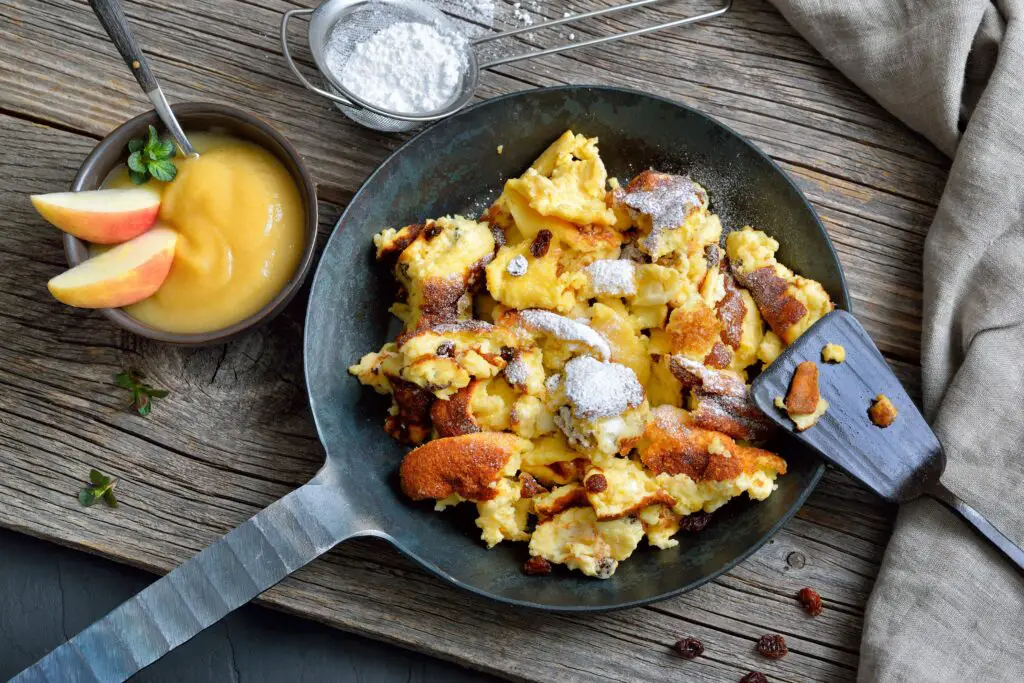
Eggs were precious, but powdered eggs helped fill the gap. These were rehydrated with water and scrambled just like fresh ones, though the flavor wasn’t quite the same. Still, when mixed with onions, cheese scraps, or even a bit of spam, they could pass for the real thing. Families learned to make the best of it.
Some kids didn’t even realize they weren’t eating actual eggs. Powdered eggs were a common part of military rations, so they showed up in homes too. If you had a bit of milk to mix in, the texture improved. They weren’t perfect, but they were protein, and that mattered most.
12. Ration Cake
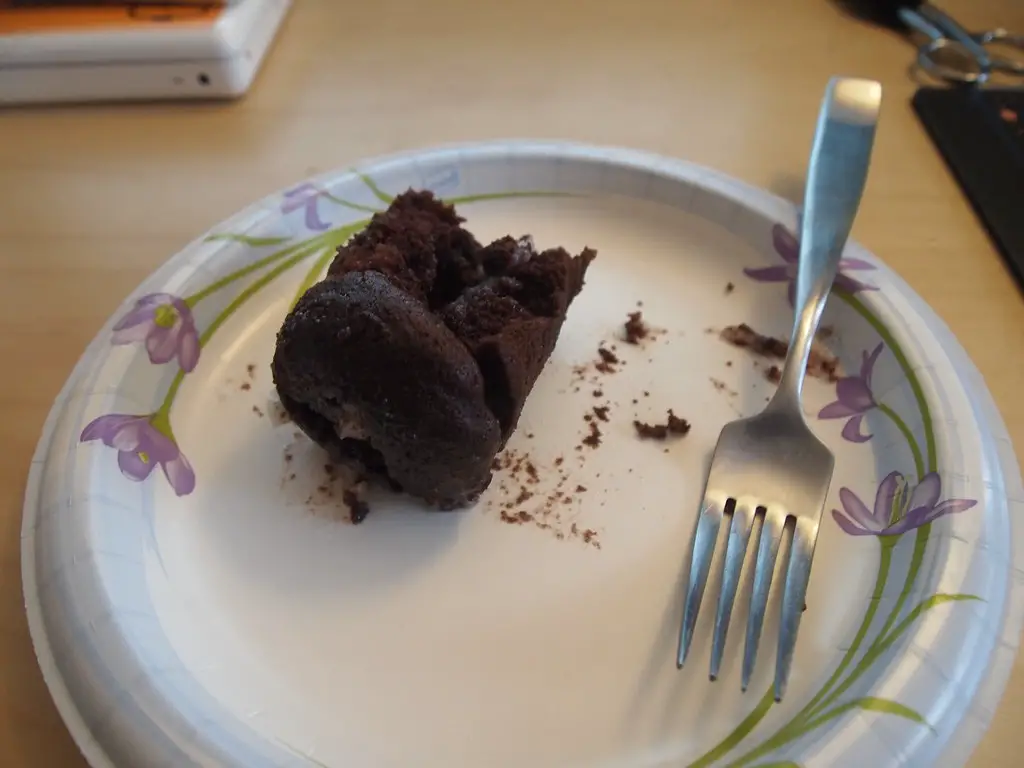
Also called “Depression Cake,” this dessert was made without eggs, milk, or butter. Instead, it relied on vinegar, baking soda, and oil to rise, with cocoa powder for a chocolatey taste. Raisins or leftover jam might be added if you had them on hand. It was a little dense but satisfying, especially when sugar was limited.
People baked these cakes for birthdays, holidays, and even weddings during wartime. They were a testament to what you could create with almost nothing. Some versions used brewed coffee to deepen the flavor. To this day, the recipe lives on in old cookbooks and family lore.
13. Bread and Dripping
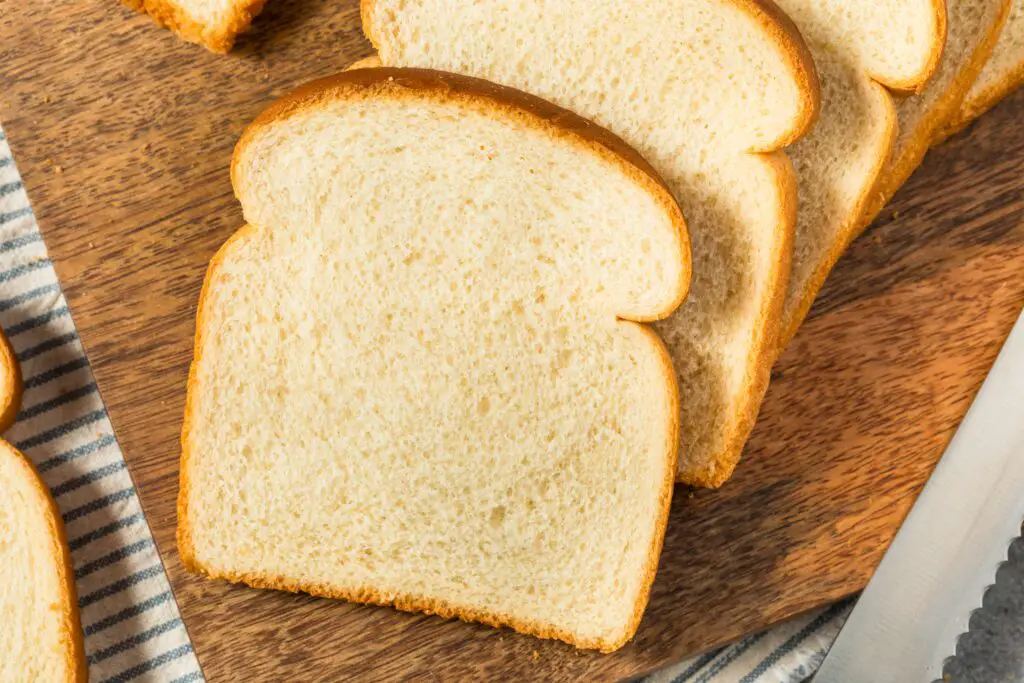
One of the simplest wartime meals was just a slice of bread with meat drippings spread on top. When butter was rare and meat was reserved for special meals, nothing went to waste. The fat from a roast or even bacon would be saved and used like a savory spread. It was salty, greasy, and filling.
Sometimes it was topped with a sprinkle of salt or pepper for added flavor. Kids might come home from school to find this as their afternoon snack. It was common across many countries, especially in Europe. It might not sound appetizing today, but during tough times, it was a treat.
14. Rice Pudding Without Milk
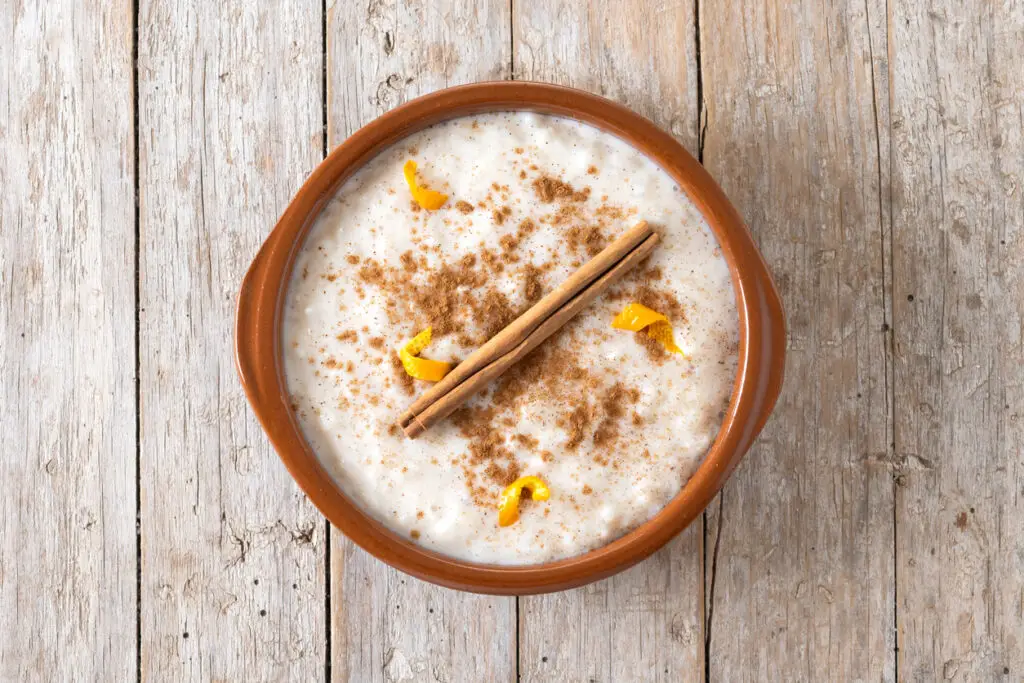
Rice pudding was a comfort food, but without milk, cooks had to improvise. Water was used to cook the rice, and a little sugar, cinnamon, and maybe some dried fruit helped dress it up. It wasn’t as creamy as the traditional version, but it was sweet and familiar. Some people added a bit of margarine or lard to improve the texture.
Families cherished this dessert for its simplicity and warmth. Even if it didn’t look like much, it was a morale booster at the end of a long day. Leftover rice never went to waste. And if you were lucky enough to have a splash of canned milk, it felt like a celebration.
